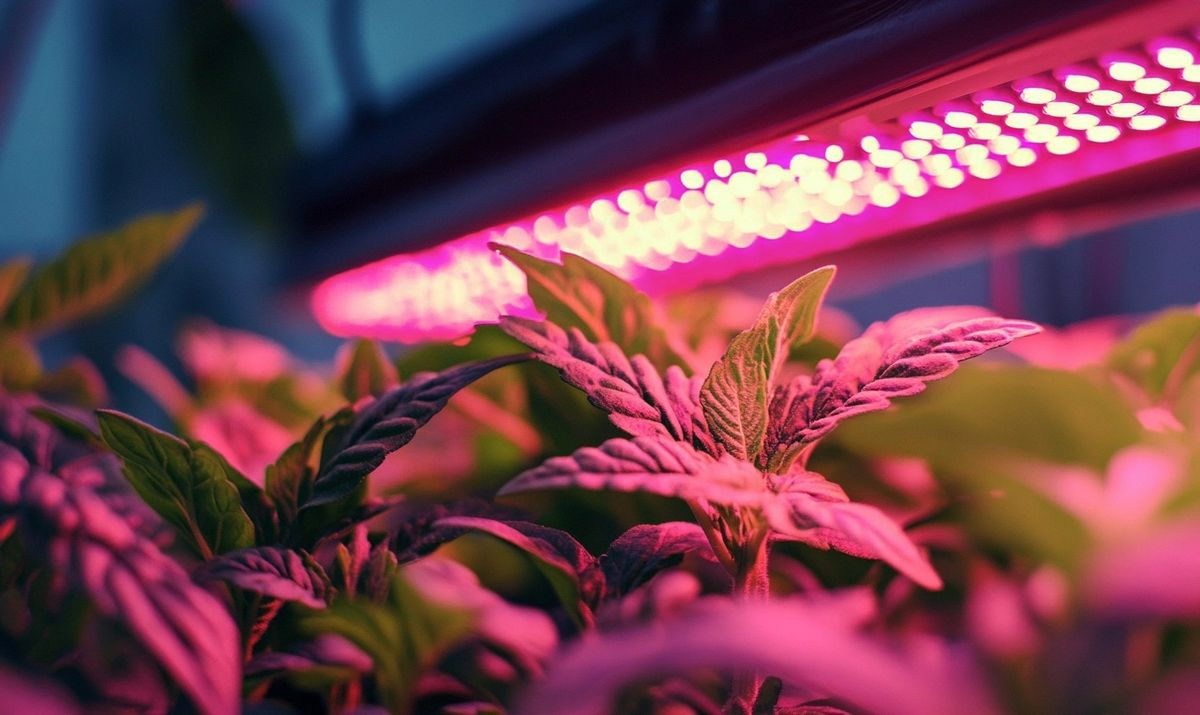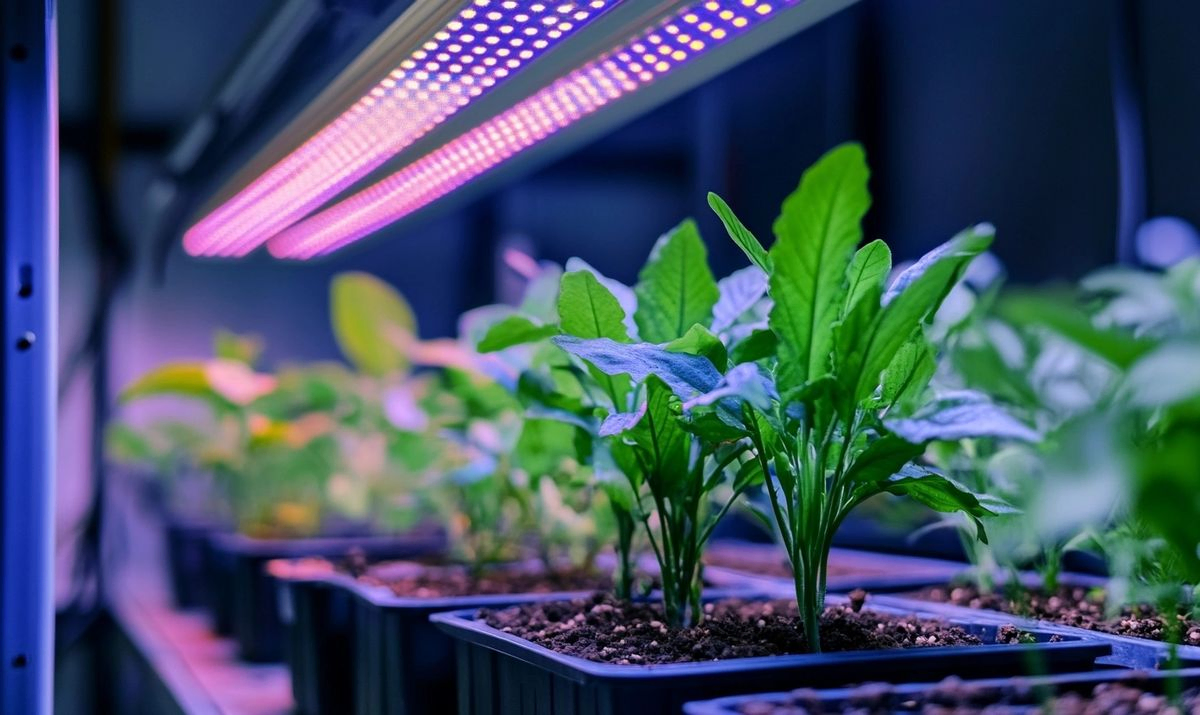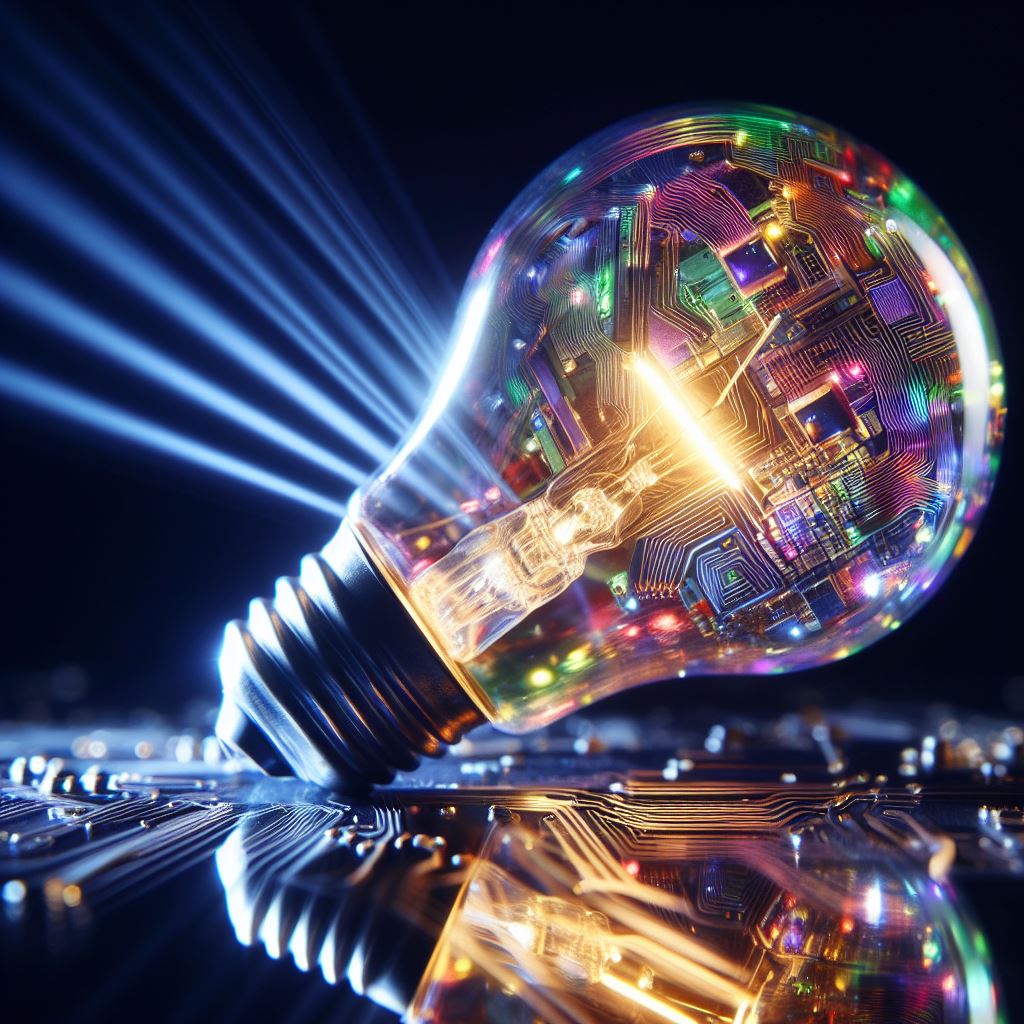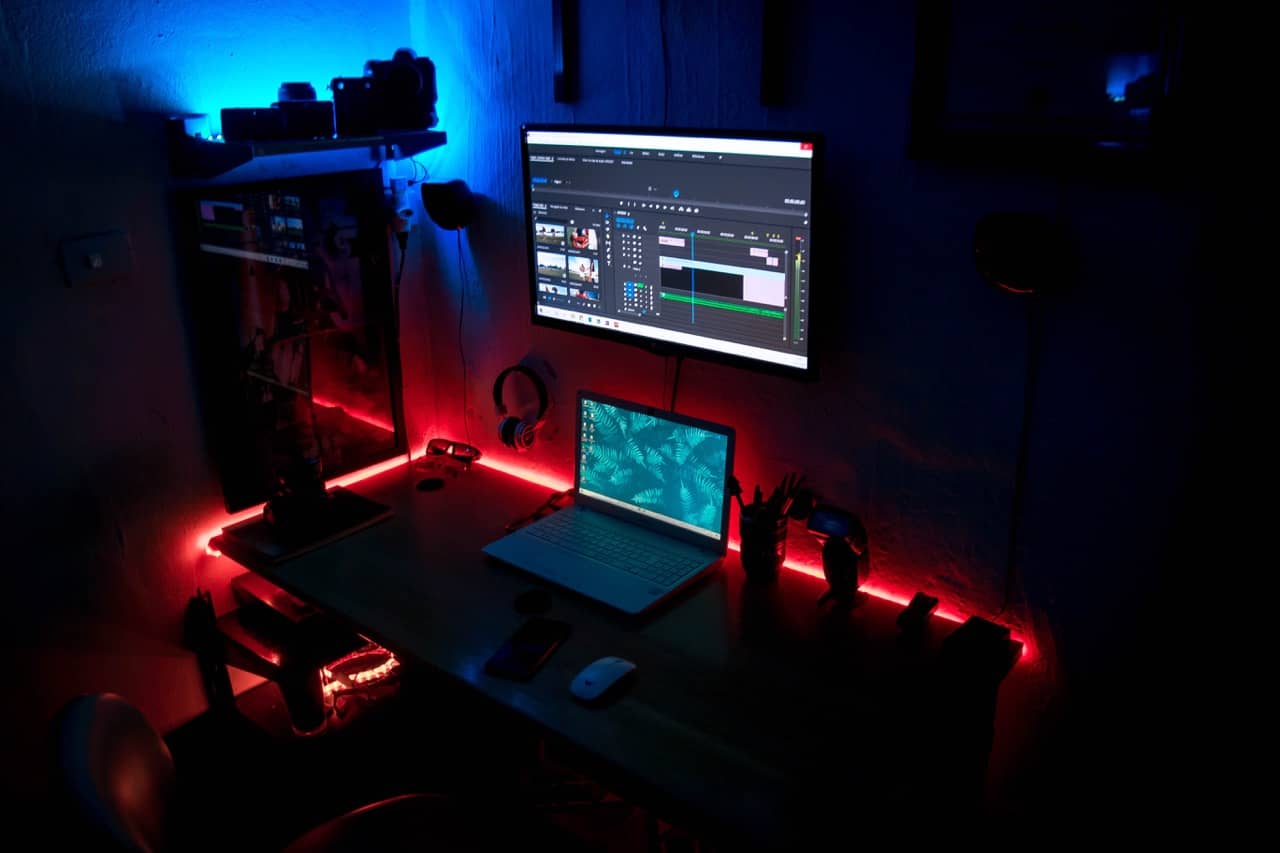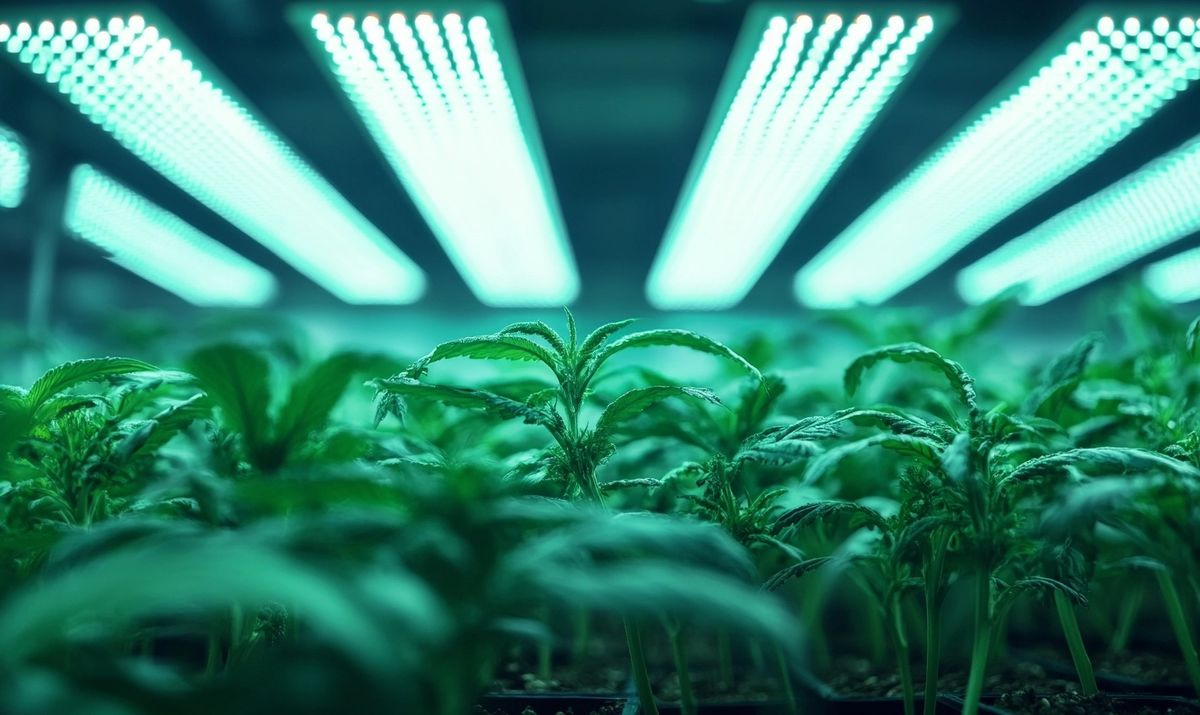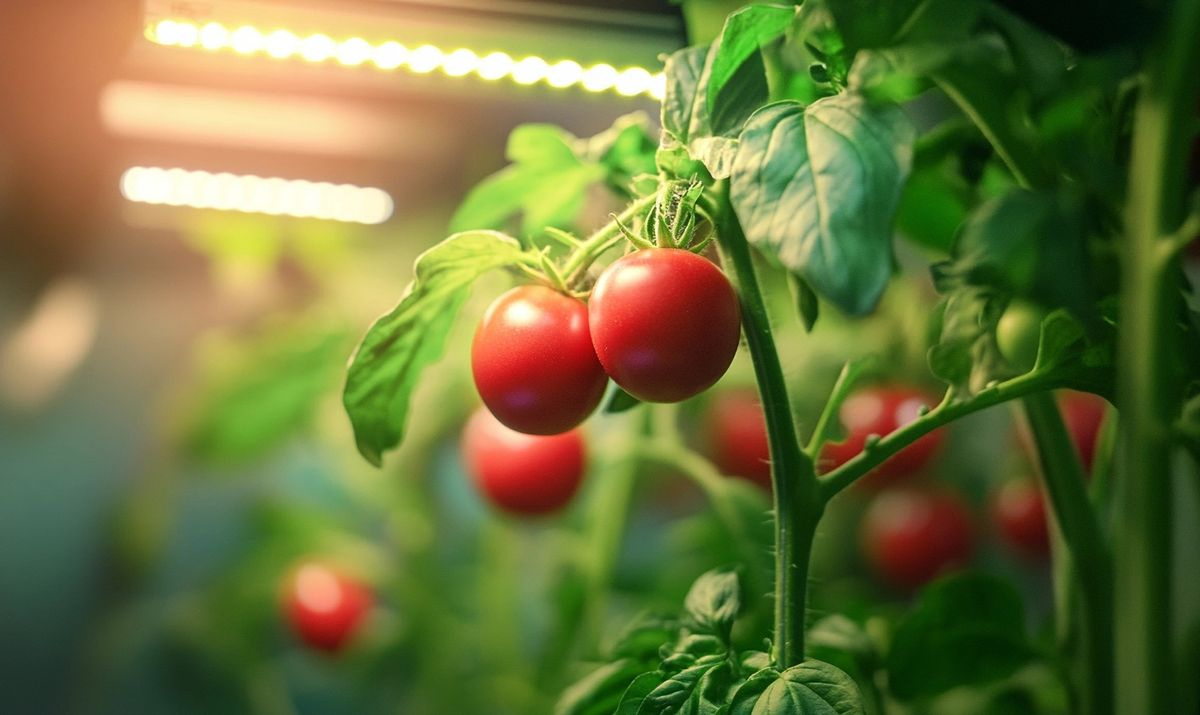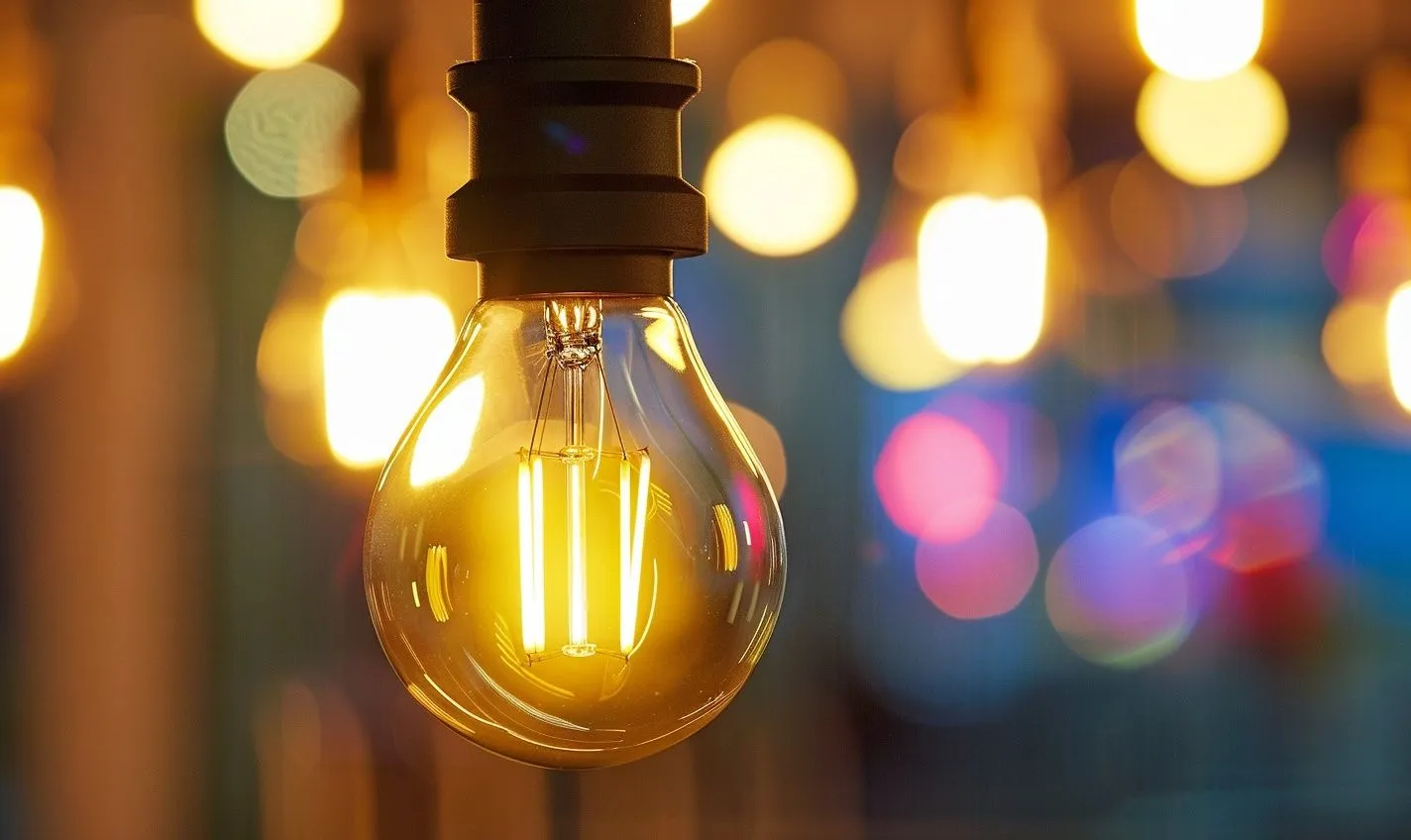
Welcome, savvy readers, to a comprehensive guide on maximizing savings through LED energy efficiency. As an expert in energy-efficient technology, I am thrilled to share insights on how switching to LED lighting can lead to significant cost savings while reducing your environmental footprint.
LED lighting has revolutionized how we illuminate our spaces, offering unparalleled energy efficiency and durability. Switching to LED bulbs lowers your electricity bills and contributes to a greener planet by reducing your carbon footprint.
When it comes to LED cost savings, the numbers speak for themselves. With a longer lifespan and lower energy consumption compared to traditional incandescent bulbs, energy-efficient LEDs can help you save hundreds, if not thousands, of dollars over their lifetime.
Whether you are a homeowner looking to lower your utility bills or a business owner seeking to reduce operational costs, investing in LED lighting is an innovative and sustainable choice. Join me on this enlightening journey as we delve into the world of LED energy savings and discover how you can save big with LED lighting solutions.
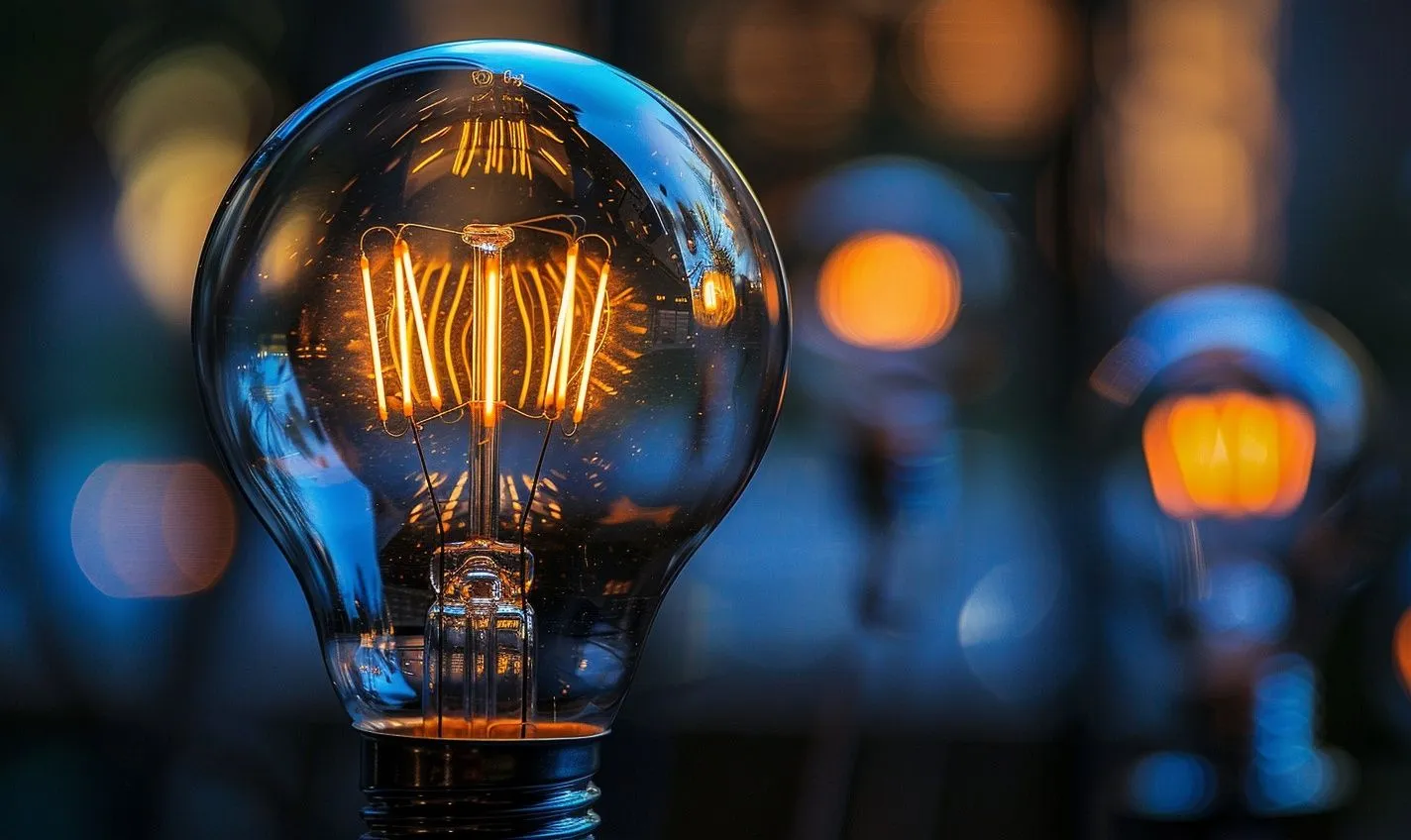
Understanding LED Energy Efficiency
Embracing LED energy efficiency is like having a thrifty friend who always knows how to make your wallet happier. LED lights are the eco-warriors of the lighting world, slashing energy bills and reducing carbon footprints simultaneously. But how exactly do these tiny bulbs pack such a powerful punch?
The Magic Behind LED Energy Savings
Imagine each energy-efficient LED bulb as a superhero, battling energy wastage and high electricity costs. Their innovative design allows LED lights to use up to 80% less energy than traditional incandescent bulbs, so your monthly electricity bill can dramatically shrink.
And here’s the kicker – while incandescent bulbs waste a significant amount of energy through heat production, LEDs stay cool to the touch, converting almost all their energy into light. This means less energy wasted and more savings in your pocket.
How LED Cost Savings Add Up
Investing in LED cost savings is more than just a one-time affair. Switching to energy-efficient LEDs reduces your energy consumption and replacement and maintenance costs. Here’s how it all adds up:
- Long Lifespan: LED bulbs can last up to 25 times longer than traditional bulbs, saving you from frequent purchases.
- Lower Cooling Costs: LED lights produce minimal heat, reducing the strain on your cooling systems in the summer months.
- Reduced Carbon Footprint: LEDs help fight climate change by using less energy, making your home more environmentally friendly.
Maximizing Your LED Energy Savings
Are you ready to plunge into the world of energy-efficient LEDs? Remember, every bulb you swap out for an LED is a step towards a brighter, more sustainable future. So, why not start today and watch your energy bills and eco-conscience lighten up?
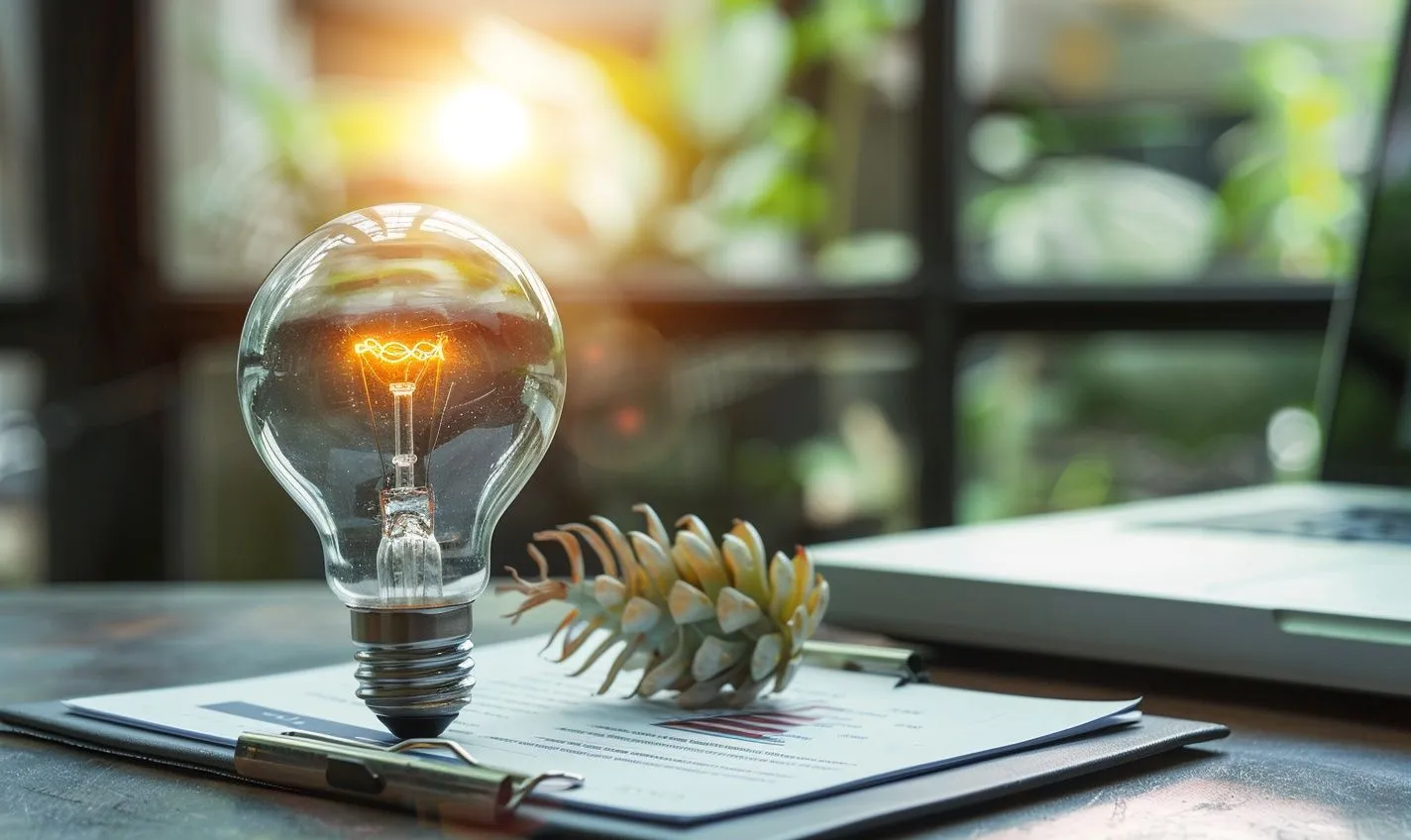
Calculating LED Cost Savings
Ready to see the impact LED energy efficiency can have on your wallet? Let’s crunch the numbers and uncover how much you can save with LED lighting.
Understanding the Basics
Switching to energy-efficient LEDs can lead to substantial LED cost savings. These lights use less electricity, last longer, and generate less heat.
The Math Behind LED Cost Savings
When calculating LED energy savings, consider the number of bulbs, hours of use, electricity rate, and maintenance costs.
- Determine the wattage difference between LEDs and traditional bulbs.
- Multiply the wattage saved per bulb by the number of bulbs.
- Calculate the total hours of operation per year.
- Multiply the energy savings per bulb by the total hours of operation.
- Convert energy savings to cost savings based on your electricity rate.
Visualizing the Benefits
Consider creating a chart or spreadsheet to track your LED cost savings over time. Seeing the numbers can be a powerful motivator to continue making energy-efficient choices.
Embracing the Long-Term Value
Yes, LED lighting may cost more upfront, but the long-term savings outweigh this initial investment. Think of it as planting a tree that will bear fruit for years.
So, are you ready to switch to energy-efficient LEDs and start reaping the benefits of LED energy efficiency? Your wallet—and the environment—will thank you!
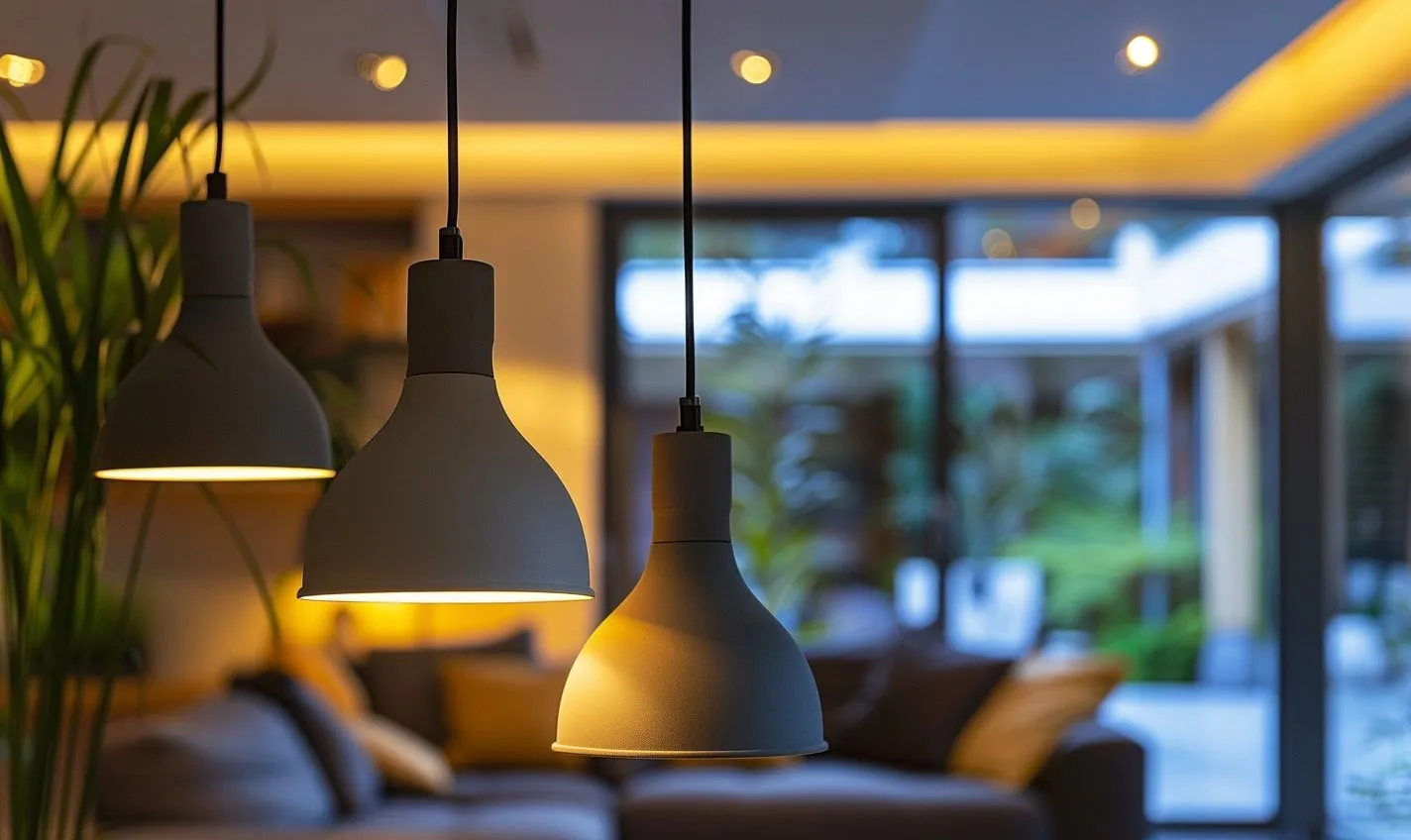
Benefits of Energy-Efficient LEDs
Regarding LED energy efficiency and cost savings, the benefits of switching to energy-efficient LEDs are genuinely remarkable. Not only can you Save with LED lighting, but you can also contribute to a more sustainable future. Let’s explore the many advantages of embracing LED energy savings in your home or business:
Lower Energy Bills
By utilizing energy-efficient LEDs, you can significantly reduce your electricity consumption. As a result, you’ll notice a visible drop in your monthly energy bills, allowing you to save money in the long run.
Extended Lifespan
Unlike traditional incandescent bulbs, energy-efficient LEDs have a much longer lifespan. This means fewer replacements are needed, reducing maintenance costs and added convenience.
Environmental Impact
Switching to LED lighting benefits your wallet and the environment. LED bulbs are more energy-efficient, producing fewer carbon emissions and reducing your overall carbon footprint.
Improved Quality of Light
Energy-efficient LEDs offer superior light quality compared to traditional bulbs. Enjoy brighter, more consistent lighting that enhances visibility and creates a more inviting and productive environment.
Versatility and Design Options
LED lighting comes in various styles, colors, and designs, allowing you to customize your space to suit your preferences. From warm ambient lighting to bright task lighting, there’s an LED solution for every need.
With these compelling benefits in mind, switching to energy-efficient LEDs is a practical and environmentally conscious choice. Not only can you Save with LED lighting, but you can also enjoy a host of advantages that improve your quality of life while reducing your environmental impact.
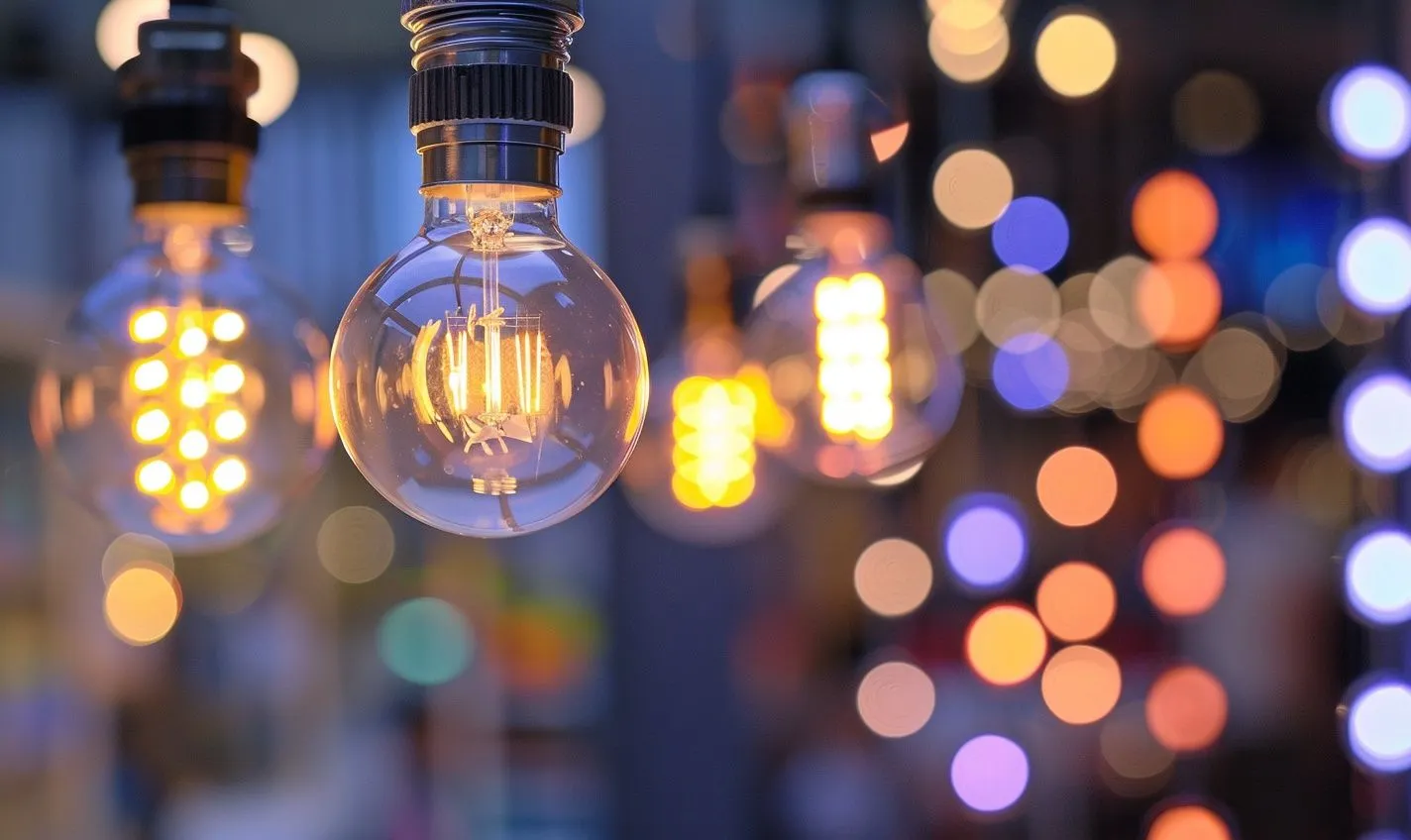
Maximizing LED Energy Savings
So, you’ve chosen to switch to energy-efficient LED lighting. But how can you maximize your LED energy savings?
Upgrade all Light Fixtures to LED:
You can optimize your energy efficiency and decrease your electricity bills significantly by replacing all your traditional incandescent, halogen, or fluorescent bulbs with LED bulbs.
Invest in Smart LED Features:
Consider smart LED lighting solutions that offer features like dimming and scheduling. These functionalities not only enhance convenience but also help reduce energy consumption further.
Properly Maintain Your LED Lighting:
Ensuring your LED fixtures are clean and free from dust and debris can improve their longevity and efficiency. Regular maintenance can help sustain optimal performance, leading to more significant energy savings in the long run.
Implement Motion Sensors and Timers:
Integrating motion sensors and timers with your LED fixtures can automate lighting control, ensuring lights are only on when needed. This proactive approach can prevent energy wastage and trim down your utility expenses.
Remember, every small step towards optimizing your LED energy efficiency contributes to a greener environment and reduced energy costs. Why not take advantage of the modern technology that LED lighting offers and start saving with LED lighting today?
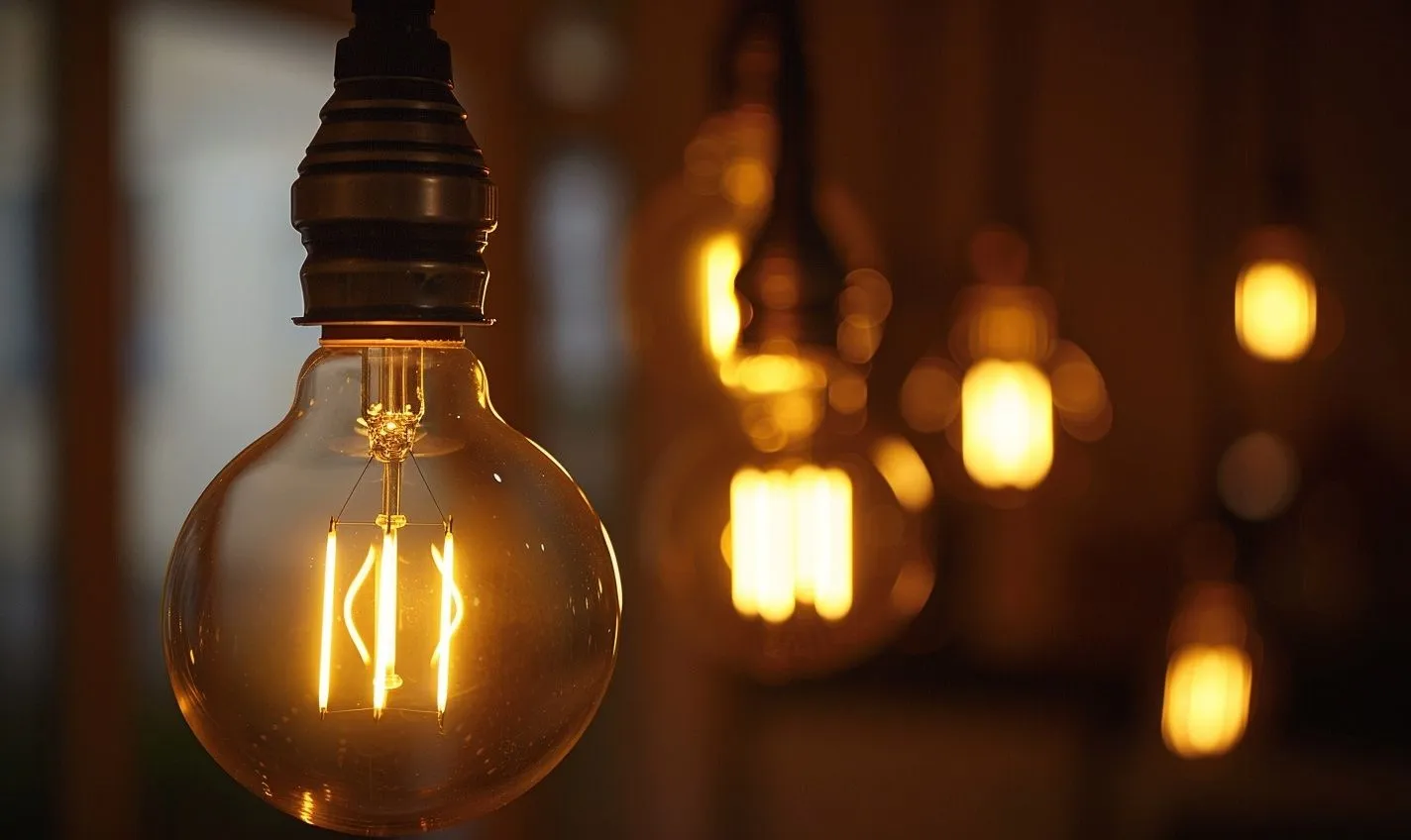
Impacts of Switching to LED Lighting
Switching to LED lighting can significantly impact your wallet and the environment. Let’s explore how switching can lead to cost savings and energy efficiency.
Reduced Energy Consumption:
LED lights are highly energy-efficient, using up to 80% less energy than traditional incandescent bulbs. This means lower electricity bills and reduced environmental impact.
Longer Lifespan:
LED bulbs last up to 25 times longer than incandescent bulbs, reducing the frequency of replacements and saving you money in the long run.
Lower Maintenance Costs:
With their durability and long lifespan, LED lights require less maintenance and replacement, decreasing maintenance costs.
And when it comes to calculating cost savings by switching to LED lighting, the numbers speak for themselves. Let’s break down how LED energy savings can add up:
Bulb Replacement Costs:
- LED bulbs last up to 25,000 hours compared to 1,000 hours for incandescent bulbs.
- Less frequent replacements lead to long-term cost savings on buying new bulbs.
Energy Usage:
- LED bulbs consume less electricity, translating to lower energy bills each month.
- Reduce your carbon footprint by using energy-efficient lighting options.
By switching to LED lighting, you’re not just choosing a more cost-efficient option but also contributing to a more sustainable future. Think of it as investing in your home and the planet, one energy-saving LED at a time.
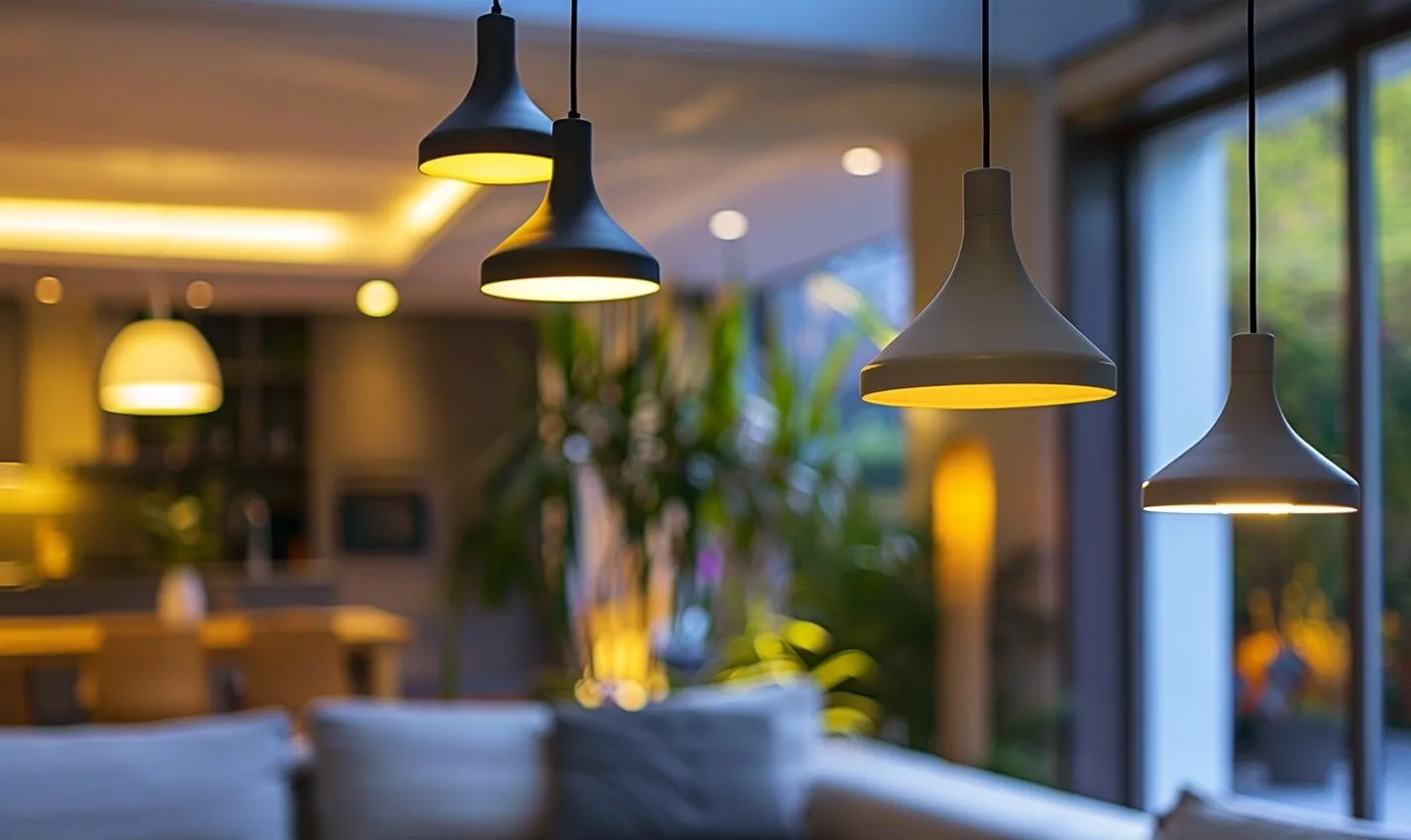
Factors Affecting LED Cost Efficiency
Several factors can impact your overall savings when it comes to LED cost efficiency. Understanding these factors can help you make informed decisions when transitioning to energy-efficient LEDs.
Fewer Replacements, More Savings
LED bulbs have an impressive lifespan compared to traditional incandescent or CFL bulbs. This means fewer replacements over time, translating to long-term cost savings.
Energy-Efficient Design
LEDs are designed to use energy more efficiently, converting a higher percentage of electricity into light. This energy efficiency directly correlates to lower electricity bills and significant energy savings in the long run.
Quality Matters
Investing in high-quality LED products may have a slightly higher upfront cost but can lead to better performance and durability. Quality LEDs often provide better light output and maintain efficiency over time, ensuring consistent cost efficiency.
Dimming Capabilities
LED lights are compatible with dimmer switches, allowing you to adjust the brightness levels as needed. By dimming the lights, you can save energy, extend the lifespan of the bulbs, and reduce electricity expenses.
Like choosing the right ingredients for a recipe, selecting the appropriate LED products can significantly affect your overall cost and energy savings. By considering these factors, you can maximize your LED lighting system’s cost efficiency while enjoying its numerous benefits.
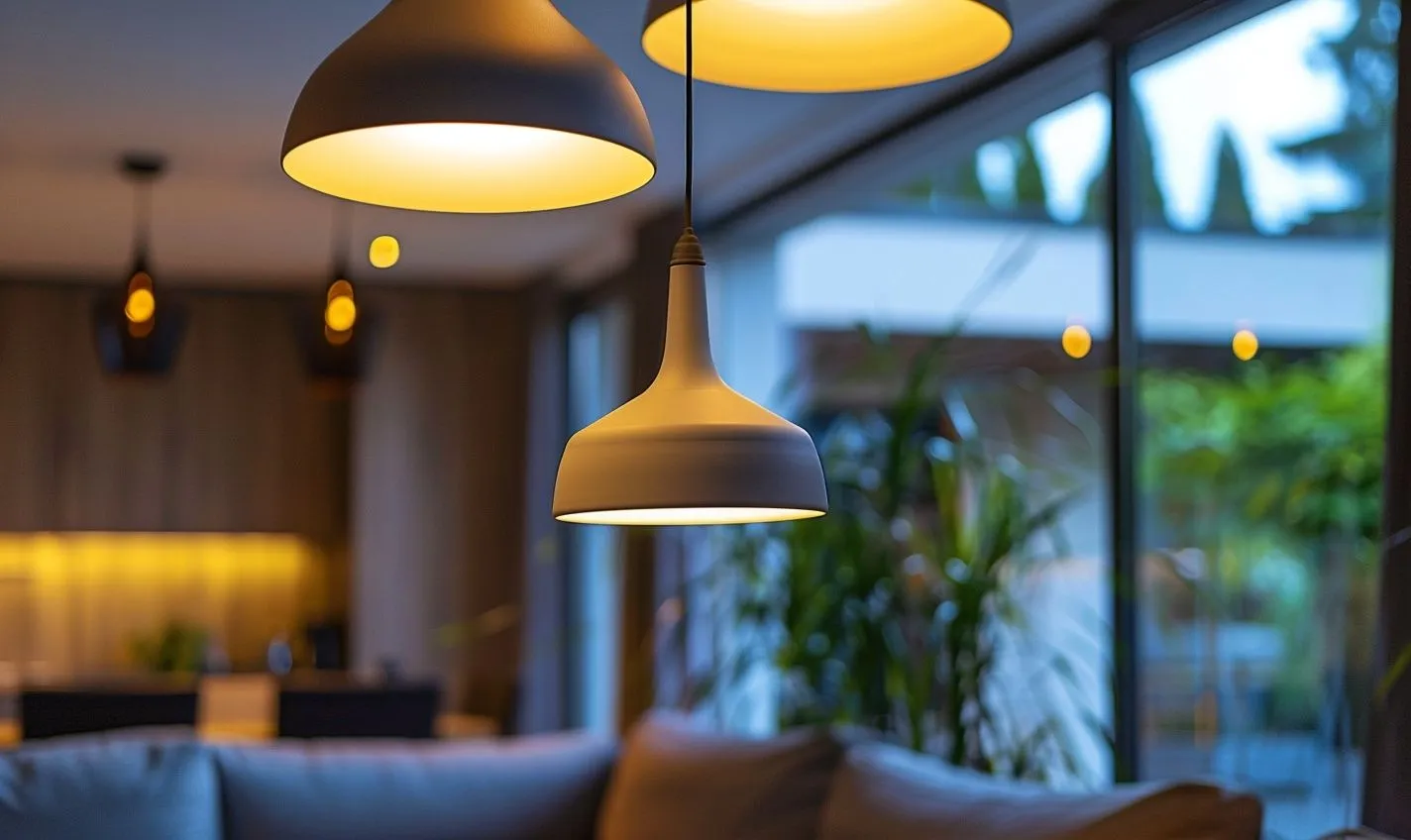
Practical Tips for Saving with LED Lighting
Hi there, it’s no secret that LED energy efficiency can lead to significant long-term cost savings. But what practical steps can you take to make the most of energy-efficient LEDs and save with LED lighting?
Opt for Energy Star Certified LEDs
Choosing Energy Star-certified LEDs ensures you select high-quality, energy-efficient lighting solutions that meet strict performance standards.
Conduct an Energy Audit
Before switching to LED lighting, consider conducting an energy audit to identify areas for optimizing lighting usage for maximum energy savings.
Take Advantage of Dimmers and Timers
Installing dimmer switches and timers can help you adjust the brightness and schedule of your LED lights, further enhancing energy efficiency and cost savings.
Implement Motion Sensors
By incorporating motion sensors in your lighting system, you can ensure that lights are only used when needed, reducing energy waste and contributing to LED energy savings.
And remember, every small step towards utilizing the full potential of energy-efficient LEDs adds up to significant LED cost savings in the long term.

Incentives for Investing in LED Energy Efficiency
The benefits of LED energy efficiency go far beyond reducing your electricity bill. Switching to energy-efficient LEDs can also attract incentives and rebates, making the investment even more appealing. Let’s explore the incentives that make investing in LED cost savings an intelligent choice.
Government Rebate Programs:
Many governments offer rebates to commercial and residential properties that upgrade to energy-efficient lighting solutions such as LED bulbs. These rebates can significantly offset the initial cost of the investment.
Energy-Efficiency Financing Options:
Some financial institutions provide special loans with low interest rates for energy-efficient upgrades, including switching to LED energy savings. This makes it easier to finance the transition without straining your budget.
Utility Company Incentives:
Utility companies often offer incentives to their customers for using less energy, such as providing discounts or bill credits for implementing energy-saving measures like upgrading to LED lighting. These incentives can add up to substantial savings over time.
Let’s not forget the long-term savings that come with energy-efficient LEDs. By consuming less energy and lasting significantly longer than traditional light bulbs, LEDs can help you save on your electricity bill and replacement costs.
Moreover, the environmental impact of LED energy efficiency is undeniable. Reducing energy consumption saves money and contributes to a greener planet by lowering your carbon footprint.
So, why wait? Take advantage of the various incentives available and start saving with LED lighting today. Your wallet and the planet will thank you!
Conclusion
As we conclude this LED energy efficiency guide, it’s clear that upgrading to energy-efficient LEDs can bring substantial cost savings for both homeowners and businesses. The benefits of LED lighting go beyond just lower utility bills; they also offer longer lifespans, improved durability, and enhanced aesthetics.
Switching to LED lighting contributes to a more sustainable environment and reduces your carbon footprint. Although the initial investment in LED bulbs may seem higher, the long-term savings and benefits far outweigh the upfront costs.
Whether you are looking to upgrade your home lighting or enhance the ambiance of your business space, LED lighting is the way to go. With technological advancements, LED bulbs come in various shapes, sizes, and color temperatures to suit your needs.
So, don’t wait any longer – start reaping the rewards of LED energy savings and switch to energy-efficient LEDs today. Your wallet and the planet will thank you for it!
Frequently Asked Questions (FAQs)
What are LED lights?
LED stands for light-emitting diode. It is an energy-efficient lighting technology.
How do energy-efficient LEDs help in saving energy?
LEDs use significantly less energy than traditional incandescent bulbs, lowering electricity bills.
Can I save it with LED lighting?
Yes, LED energy savings are substantial over the long term due to their lower energy consumption and longer lifespan.
Are LED lights expensive to install?
While the initial cost might be higher than traditional bulbs, long-term cost savings make them cost-effective.
How long do energy-efficient LEDs last?
LED bulbs can last up to 25 times longer than traditional incandescent bulbs, reducing the frequency of replacements.
Do LED lights emit heat?
LED lights produce very little heat compared to other lighting options, making them safer to use and reducing cooling costs in indoor spaces.

